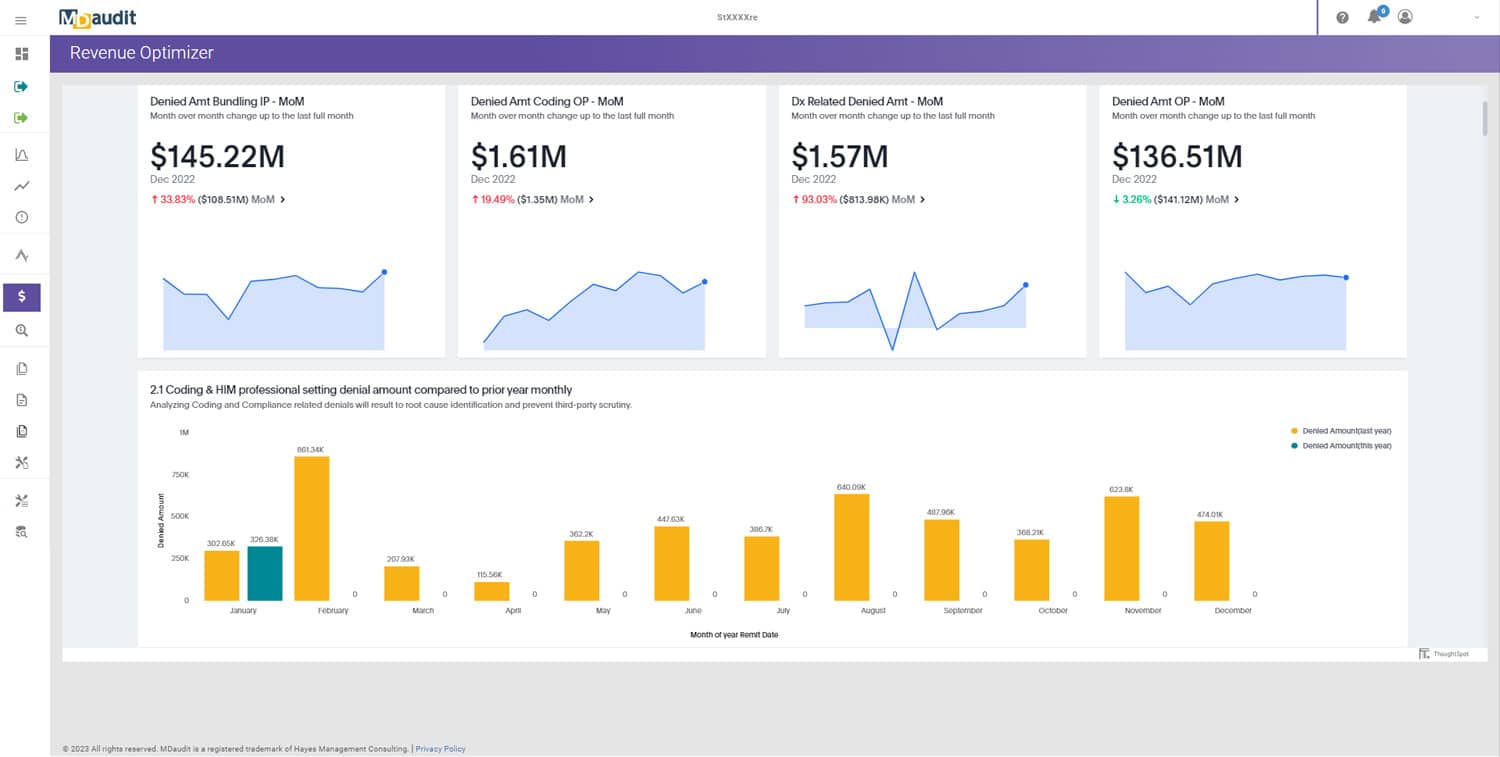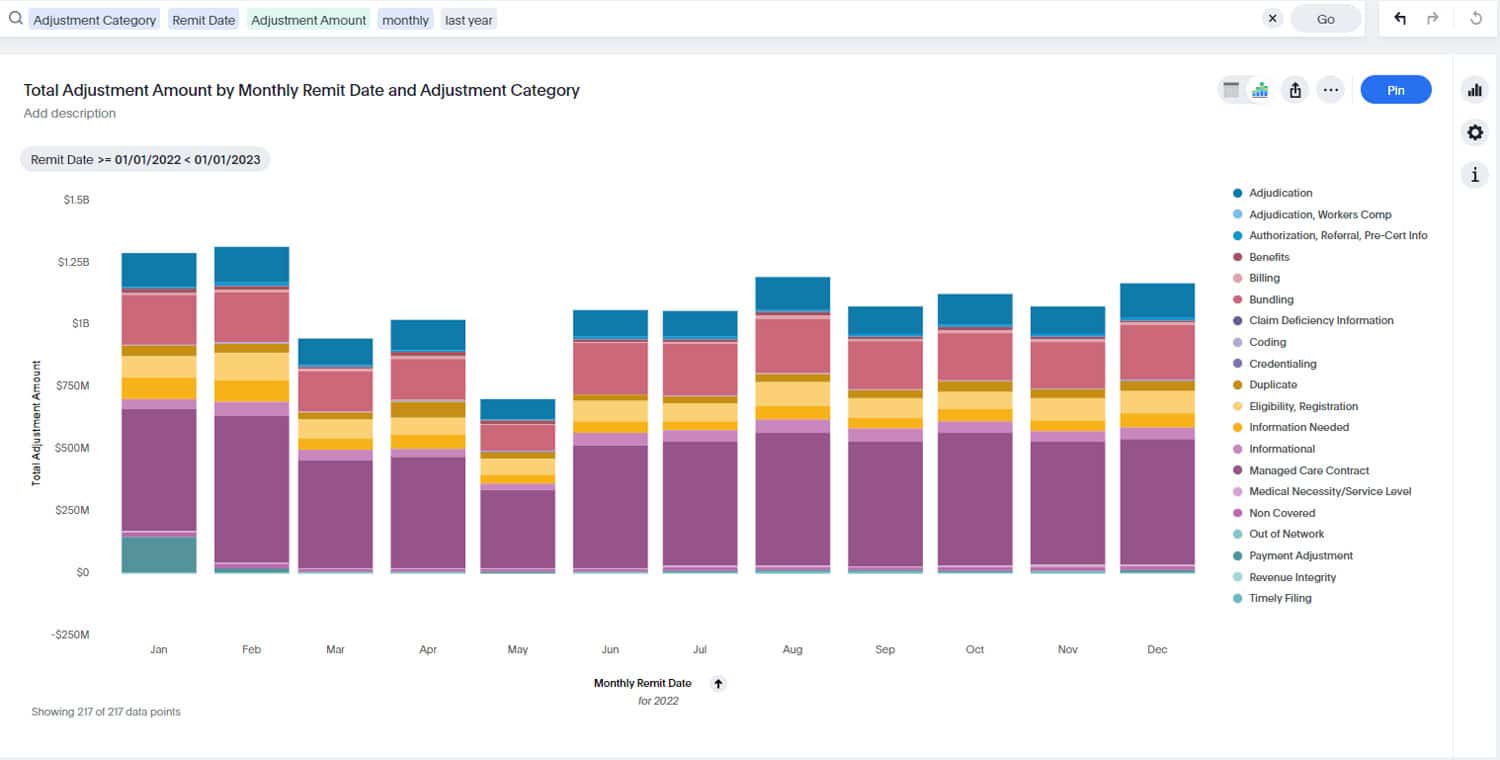The Basics
Hierarchical Condition Categories (HCC) were mandated in 1997 by the Centers for Medicare and Medicaid Services (CMS) and have been the basis for reimbursement for Medicare Advantage plans (MA) since 2004. HCCs use data to prospectively estimate predicted costs for enrolled members during the next year of coverage. These estimates are based on demographic information such as age and major medical conditions documented in the previous 12-month period. They are used to adjust Medicare capitation payments to Medicare Advantage health plans based on the anticipated risk of enrollees calculated from relevant ICD-10-CM codes.
The HCC model used for MA patients categorizes ICD-10-CM into a disease group that are similar both clinically and financially. Payments are higher for sicker members and lower for healthier members. A hierarchy is created so that enrollees are coded for the most severe manifestation among related diseases. Full payments are made based upon documentation during an entire year, with a Medicare approved provider (MD/DO/NP/PA) for a face-to-face encounter. Audits are completed by the MA plan once to justify the payment unlike fee for service each encounter visits which need to be justified with documentation.
CMS wipes the slate the clean every January 1st, so plans must start with a blank slate annually and capture all chronic conditions/HCC codes from providers in order to be reimbursed. CMS uses diagnosis data submitted from the previous year to establish capitation payments to the MA plans. The individual’s health conditions are identified via ICD –10 diagnoses that are submitted by providers on incoming claims. There are over 9,500 ICD-10-CM codes that map to one or more of the 79 HCC codes included in the Risk Adjustment Model. So why is this important?
Most MA plans and their aligned providers continue to miss significant opportunities to serve their members and maximize their revenue potential because of poor performance in this area. HCC is a payment methodology based on “risk” used by CMS to adjust MA health plan payments at the patient level. This means that two patients within the same community can have a different payment rate based on several factors relating primarily to the amount of risk—or work—it takes to maintain the health of a patient.
Visit the CMS website for details about this year’s HCC requirements. A few useful links include:
2022 Medicare Advantage Advanced Notice Part 1 – Risk Adjustment
2022 Benefit Year Final HHS Risk Adjustment Model Coefficients
Documentation Requirements
CMS requires documentation in the individual’s medical record by a qualified healthcare provider to support the submitted diagnosis. Documentation must support the presence of the condition and indicate the provider’s assessment and/or plan for management of the condition. The provider must show evidence that the individual’s conditions were monitored, evaluated, assessed and treated. This must occur at least once each calendar year in order for CMS to recognize that the patient continues to have the condition.
Chronic Conditions
Patients with chronic conditions are expected to experience this illnesses on an ongoing basis. There is also a need to document the severity and stage of these conditions (e.g. stage IV chronic kidney disease, major depression). It is also necessary to document associated conditions or complications and relationship to the underlying chronic condition, for example diabetic retinopathy or cirrhosis secondary to alcoholism. Many chronic conditions (such as alcohol dependence in remission, certain amputations, and artificial openings) are especially relevant for HCC coding because they serve as excellent predictors for future healthcare needs.
Active status
Conditions that are present and unresolved or unlikely to resolve need to be documented at least annually. CMS considers the condition resolved if not evaluated and coded at least once per calendar year, in which case the risk factor score for the member is lowered. There are forever codes however, these are conditions that are permanent and include amputations, transplants, congestive heart failure and alcoholism in remission.
There are certain conditions that require two ICD-10-CM codes to be billed together. For instance, diabetic manifestations like nephropathy or neuropath. In these cases, it is necessary to document the causal relationship between the conditions using “secondary to” or “due to” statements and diagnose both conditions (i.e. neuropathy due to diabetes).
HCC Challenges
Medicare Advantage plans use various methodologies to accurately capture HCC codes from providers. Proper chart documentation helps ensure risk adjustment payment integrity and accuracy. HCC must be captured every 12 months for CMS to reimburse the MA plans, but if the HCCs are captured outside the 12-month scope then there is a six-month revenue gap for the MA plan.
It all points to the providers’ documentation and data collection within the patient encounter. For every face to face encounter, the provider should be cognizant of evaluating and documenting all chronic conditions.
Conclusion
In an era of rising medical costs and reduced payments from CMS, HCC coding and documentation is one way to eliminate gaps in care and ensure effective payments. Maintaining quality documentation and coding for HCCs under ICD-10-CM is a complex issue and will require a multifaceted approach to ensure success. Education, assessment, and technology are vital components as one adapts to the new risk adjustment environment.








